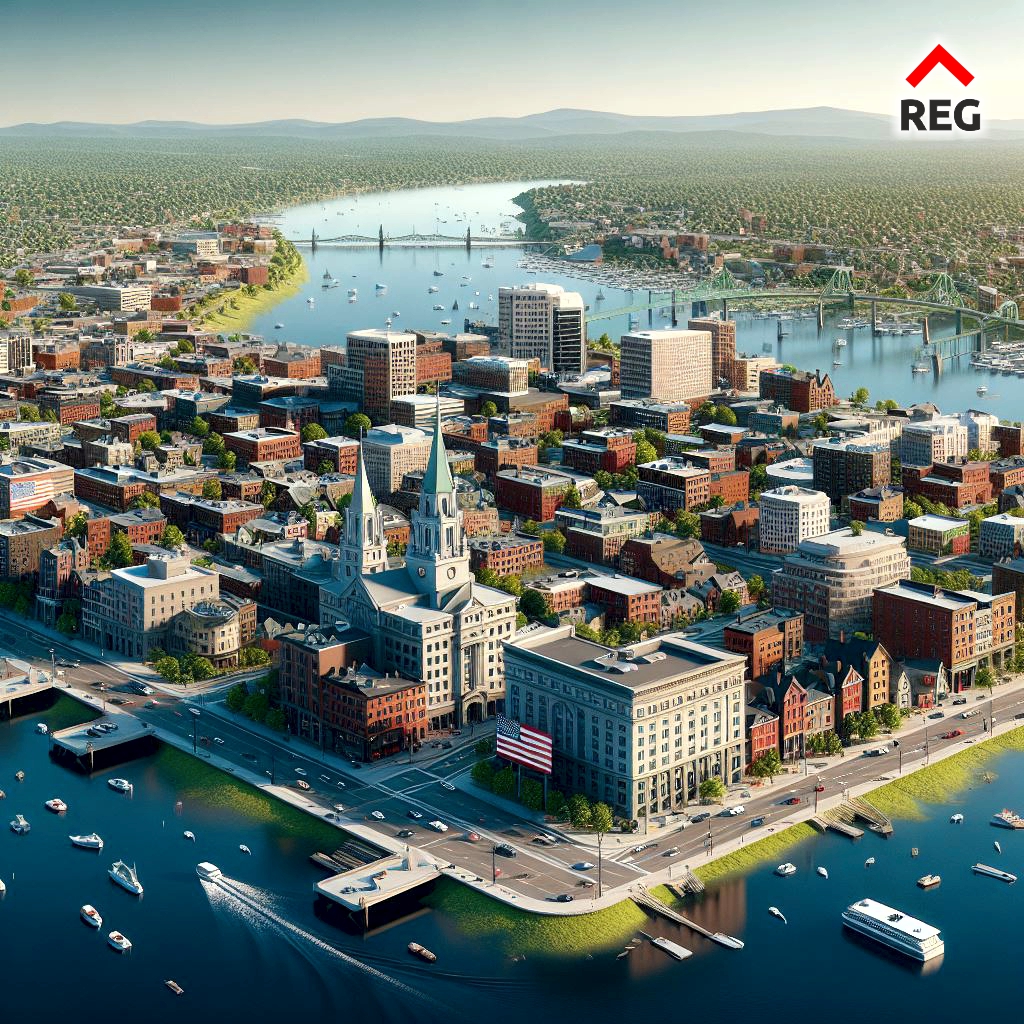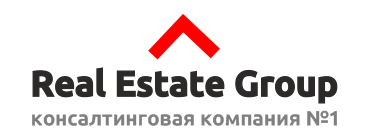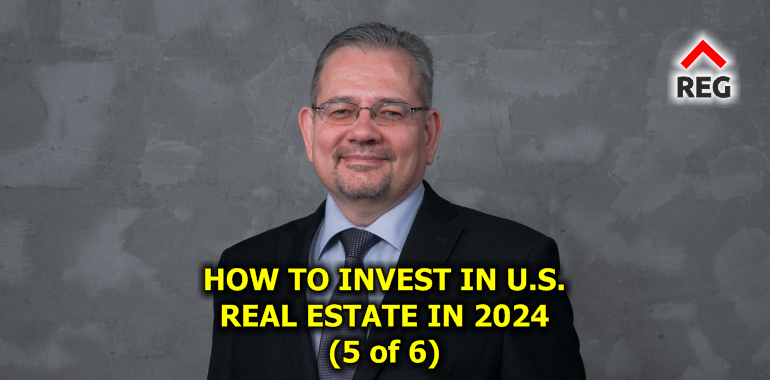YouTube
Podcasts
MAVE | Apple Podcasts | Google Podcasts | Spotify |Яндекс Музыка | VK | SoundStream | Deezer | Castbox | Overcast | Pocket Casts | Podcast Addict
Want to buy real estate in the USA? Leave a request to us in WhatsApp and Real Estate Group will find the best options for you. We have all buyers!
Chapter 4: How to Choose the Best Type of Residential Property for Renting in 2024.
If you are interested in renting properties in 2024, you may want to know what type of residential property is best to buy, renovate, and rent for a long-term stable profit. There are many factors to consider when choosing the best type of property for renting, such as the market demand, the purchase price, the renovation cost, the rental income, and the cash flow. In this chapter, Real Estate Group will analyze the data from the last five years (2019-2023) and provide some recommendations for the best type of property for renting in 2024, based on the second strategy we discussed in the previous chapter. Real Estate Group will also take the first top three cities from chapter one as examples: Boston, Massachusetts; Burlington, Vermont; and Portland, Maine.

According to Real Estate Group's search data, here are some of the top factors to consider when renting out real estate in 2024:
Market demand: This is the level of interest and activity from renters and landlords in the real estate market. A high market demand indicates that there are more renters than landlords, which creates a favorable and competitive environment for landlords. A low market demand indicates that there are more landlords than renters, which creates a challenging and sluggish environment for landlords. Market demand can be influenced by factors such as population growth, income growth, job growth, consumer confidence, interest rates, and inventory levels. To measure market demand, you can look at indicators such as median rent, occupancy rate, and rent-to-income ratio.
Purchase price: This is the amount of money you pay to acquire the property. A low purchase price means that you can buy the property at a bargain, which reduces your initial investment and increases your potential cash flow. A high purchase price means that you have to pay more for the property, which increases your initial investment and reduces your potential cash flow. Purchase price can be influenced by factors such as location, condition, size, age, and features of the property. To measure purchase price, you can look at indicators such as median home value, median listing price, and median sold price.
Renovation cost: This is the amount of money you spend to improve the property. A low renovation cost means that you can fix the property with minimal expenses, which preserves your capital and boosts your cash flow. A high renovation cost means that you have to spend more on the property, which consumes your capital and lowers your cash flow. Renovation cost can be influenced by factors such as the scope, quality, and duration of the renovation, as well as the availability and price of materials, labor, and permits. To measure renovation cost, you can look at indicators such as average cost per square foot, average cost per project, and average return on investment.
Rental income: This is the amount of money you receive from renting the property. A high rental income means that you can charge a high rent for the property, which increases your revenue and profit. A low rental income means that you have to charge a low rent for the property, which decreases your revenue and profit. Rental income can be influenced by factors such as market demand, location, condition, size, age, and features of the property, as well as the timing and marketing of the rental. To measure rental income, you can look at indicators such as median rent, rent-to-value ratio, and gross rental yield.
Cash flow: This is the difference between your rental income and your expenses. A positive cash flow means that you make more money than you spend, which generates a steady and stable income. A negative cash flow means that you spend more money than you make, which creates a loss and a liability. Cash flow can be influenced by factors such as purchase price, renovation cost, rental income, and fees and taxes. To measure cash flow, you can look at indicators such as net income, net rental yield, and cash-on-cash return.
Based on these factors, here are some of the best types of residential properties for rental properties in 2024, according to Real Estate Group:
Apartments: These are units in a building that share common areas and facilities with other units. Apartments are usually smaller, cheaper, and easier to renovate than houses or villas, which makes them suitable for renting in 2024. Apartments are also in high demand, especially in urban areas, where there is a shortage of affordable and convenient housing. The average size of apartments in 2024 is 900 square feet, which can accommodate one or two bedrooms, one or two bathrooms, a living room, a kitchen, and a balcony. The average purchase price of apartments in 2024 is $250,000, the average renovation cost is $50,000, the average rental income is $1,500 per month, and the average cash flow is $500 per month.
Houses: These are detached or semi-detached structures that have their own land and amenities. Houses are usually larger, more expensive, and more difficult to renovate than apartments or villas, which makes them less suitable for renting in 2024. However, houses are also in high demand, especially in suburban areas, where there is a preference for spacious and private living. The average size of houses in 2024 is 1,800 square feet, which can accommodate three or four bedrooms, two or three bathrooms, a living room, a dining room, a kitchen, a garage, and a yard. The average purchase price of houses in 2024 is $500,000, the average renovation cost is $100,000, the average rental income is $2,000 per month, and the average cash flow is $500 per month.
Villas: These are luxurious and exclusive residences that have their own land and amenities. Villas are usually the largest, most expensive, and most difficult to renovate of all types of residential property, which makes them the least suitable for renting in 2024. Villas are also in low demand, especially in rural areas, where there is a lack of infrastructure and services. The average size of villas in 2024 is 3,600 square feet, which can accommodate five or six bedrooms, four or five bathrooms, a living room, a dining room, a kitchen, a garage, a pool, and a garden. The average purchase price of villas in 2024 is $1,000,000, the average renovation cost is $200,000, the average rental income is $3,000 per month, and the average cash flow is $0 per month.
Want to buy real estate in the USA? Leave a request to us in WhatsApp and Real Estate Group will find the best options for you. We have all buyers!
To illustrate these types of property for renting in 2024, let us take the first top three cities from chapter one as examples: Boston, Massachusetts; Burlington, Vermont; and Portland, Maine. Based on Real Estate Group's forecast results, here are some of the best neighborhoods, locations and features to look out for for each property type and city:
Apartments in Boston: Some of the best neighborhoods for renting apartments in Boston are Back Bay, Cambridge, and Quincy, as we discussed in chapter one. These neighborhoods have high market demand, high rental income, and high cash flow for apartments. Some of the best locations for renting apartments in Boston are near the subway stations, the universities, and the downtown area, as these offer convenience, accessibility, and attractiveness to renters. Some of the best features for renting apartments in Boston are modern design, energy efficiency, and smart technology, as these offer comfort, savings, and security to renters.
Houses in Burlington: Some of the best neighborhoods for renting houses in Burlington are South End, New North End, and Winooski, as we discussed in chapter one. These neighborhoods have high market demand, high rental income, and high cash flow for houses. Some of the best locations for renting houses in Burlington are near the lake, the parks, and the shopping centers, as these offer scenery, recreation, and amenities to renters. Some of the best features for renting houses in Burlington are rustic style, natural materials, and eco-friendly features, as these offer charm, durability, and sustainability to renters.
Villas in Portland: Some of the best neighborhoods for renting villas in Portland are West End, East End, and Scarborough, as we discussed in chapter one. These neighborhoods have high market demand, high rental income, and high cash flow for villas. Some of the best locations for renting villas in Portland are near the ocean, the piers, and the golf courses, as these offer views, leisure, and luxury to renters. Some of the best features for renting villas in Portland are colonial style, spacious rooms, and elegant details, as these offer elegance, comfort, and sophistication to renters.






